What should you expect during rehab after shoulder surgery? This piece offers a no-nonsense guide on the therapies, exercises, and lifestyle changes vital to your recovery. Understand how to rebuild strength, enhance mobility, and adapt your daily activities for a successful rehabilitation, all while avoiding common pitfalls.
Key Takeaways
- Shoulder surgery encompasses a variety of procedures like rotator cuff repair, subacromial decompression, labral repair, and joint replacement, each with specific recovery protocols to reduce pain, restore function, and improve shoulder mobility.
- Physical therapy plays a crucial role in shoulder surgery recovery, involving stretching, strengthening, flexibility exercises, and adherence to postoperative instructions for wearing slings and managing movements to ensure proper healing.
- Progressive exercises, pain and swelling management, lifestyle adjustments, and vigilant monitoring for complications are key elements of post-surgery rehabilitation, aimed at a gradual return to daily activities and sports to prevent re-injury.
Understanding Shoulder Surgery: Types and Goals
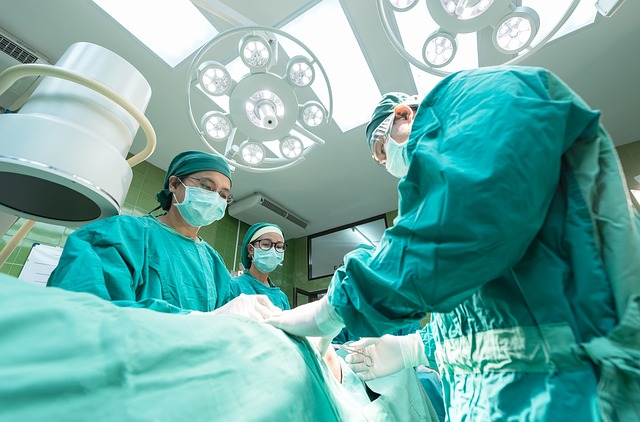
Shoulder surgery is a broad term that covers a range of surgical interventions aimed at treating different conditions affecting the shoulder joint. The common types of shoulder surgeries include:
- Rotator cuff repair: involves reattaching torn tendons to the bone
- Subacromial decompression: removes bone spurs and other structures that may be causing impingement
- Labral repair: repairs a torn labrum, which is the cartilage that surrounds the socket of the shoulder joint
- Shoulder joint replacement: uses artificial components to restore ball-and-socket joint function
Some surgeries, like shoulder arthroscopy, are minimally invasive and offer a faster recovery time.
Each surgical intervention targets specific conditions, such as frozen shoulder, shoulder separation, labrum tears, and severe rotator cuff tears. The overarching goals of these interventions are to alleviate pain, restore strength and appearance, enhance range of motion, and ultimately improve overall shoulder function. Optimizing your recovery hinges on comprehending the nature of your shoulder surgery and its intended outcomes.
The Crucial Role of Physical Therapy in Recovery
The recovery process after shoulder surgery heavily relies on physical therapy for appropriate healing and the restoration of a full range of motion. It involves engaging in prescribed postoperative exercises, aimed at:
- Stretching
- Strengthening muscles
- Enhancing joint flexibility
- Relieving pain
- Restoring natural shoulder movement
Next, we will examine how collaboration with a physical therapist and compliance with postoperative guidelines contribute to your recovery.
Working with a Physical Therapist
A physical therapist crafts a tailored rehabilitation program that encompasses muscle strengthening, shoulder-girdle stabilization routines, and progressively intense weight-bearing activities. The role of a physical therapist is not limited to devising the exercise program. They also provide expert advice on maintaining proper posture and alignment of the shoulder to avoid further injury while engaging in activities and performing exercises.
Your commitment to the recommended rehabilitation program is paramount for your recovery. The execution of physical therapy exercises serves as a benchmark to evaluate your recovery progress. In other words, your consistent effort in performing these exercises and meeting the set benchmarks can significantly influence the pace and success of your recovery.
Adhering to Postoperative Instructions
Your tailored post-surgical care plan is influenced by your individual needs and medical history, shaping the pace and success of your recovery. Recognize that healing is a process that unfolds over time, especially the healing of tendon tissue post-surgery, which commonly spans approximately three months, succeeded by a further two to three months of strengthening.
Postoperatively, patients are usually required to:
- Wear a sling for 4 to 6 weeks to support healing tendons by limiting shoulder motion
- Perform non-stressful movements like gentle elbow bends and finger movements several times a day while wearing the sling
- Respect your body during recovery and not rush the process by overexerting yourself, recognizing the need for rest.
Lastly, confidence in and adherence to your doctor’s guidance is vital to promote proper healing and maximize the probability of a successful outcome.
Essential Shoulder Exercises for Rehabilitation
Physical therapy exercises are a cornerstone of your shoulder rehabilitation, intended to amplify the strength and control of the shoulder muscles, especially those surrounding the shoulder blade and shoulder blades. These exercises encompass several phases:
- Passive range of motion
- Active-assisted and active range of motion
- Initial strengthening
- Late strengthening
Next, we will explore the variety of exercises that can facilitate your shoulder rehabilitation.
Range of Motion Exercises
Following shoulder surgery, the initial phase entails the use of passive movements, such as shoulder extension, shoulder forward elevation, and shoulder internal rotation to lessen stiffness without overworking the muscles, keeping the arm relaxed. One of the common exercises in this phase is pendulum exercises, which also involve gentle supported shoulder rotation. They involve leaning forward, allowing the operated arm to hang, and using body momentum to swing it gently, including an arm outward motion.
As your recovery progresses, you will transition to active arm lifts to the front and side. These exercises help regain the shoulder range of motion post-surgery. Other active movements like circular pendulum movements, hand clasping and lifts above the head, and wall finger crawls can contribute to improved shoulder mobility.
Strengthening Exercises
Commencing strengthening exercises post-shoulder surgery is pivotal for a successful recovery. Strengthening exercises include isometric exercises, where the shoulder muscles contract without actual motion, aiding early post-surgery recovery.
As your rehabilitation progresses, you’ll move into dynamic strengthening exercises, such as wall push-ups, that involve movement and help further strengthen the shoulder muscles. Strengthening the shoulder through targeted exercises improves muscle performance, promotes stabilization, and is a key factor in regaining pre-surgery levels of function and strength.
Mobility Exercises
Mobility exercises center around maintaining a correct posture, stretching, and executing active movements to enhance shoulder flexibility and range of motion. Maintaining a proper posture, with the shoulder straight and aligned with the spine, is crucial during mobility exercises to ensure effectiveness and prevent complications.
The journey to improving mobility progresses from passive to active-assisted stretching using tools like canes or pulleys, leading to active movements without assistance. Specific mobility exercises include the towel stretch, broomstick movements, and various hand-assisted stretches such as using the unaffected arm to push the affected arm for added stretch. These mobility exercises are beneficial for improving shoulder mobility and aiding recovery post-surgery by reducing stiffness and increasing the range of motion.
Managing Pain and Swelling
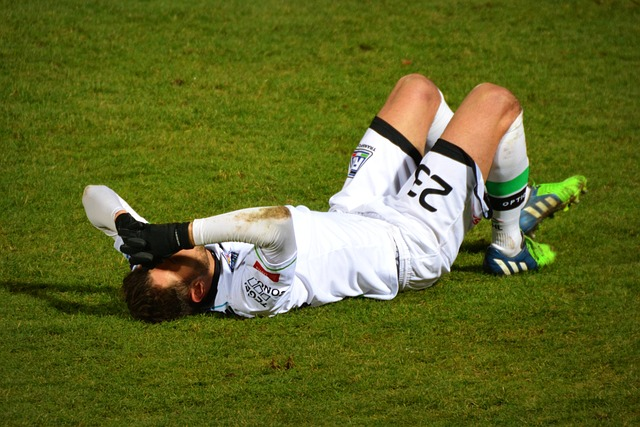
The management of pain and swelling is a key component of the post-shoulder surgery recovery process. Initial post-operative treatments include:
- Ice therapy: Apply ice for the first 48-72 hours post-surgery two to three times per day, or every few hours for 15-20 minutes at a time. This can help reduce pain and swelling.
- Rest: Give your shoulder time to heal by avoiding strenuous activities and lifting heavy objects.
- Keeping the shoulder elevated: Use pillows or a sling to keep your shoulder elevated, which can help reduce swelling.
- Wearing a recommended sling: Follow your doctor’s instructions on wearing a sling to support your shoulder and promote healing.
Ice therapy should be applied by wrapping ice packs in a towel and, optionally, using a cold therapy unit to protect the skin and provide continuous cold application.
After the initial cold therapy phase, you can transition to heat therapy to alleviate stiffness and pain, ensuring the skin is protected from extreme temperatures. Pain varies among individuals and is usually higher initially, but it should gradually decrease over time. It can be managed effectively with appropriate pain medication before bedtime.
Daily Life Adjustments After Shoulder Surgery
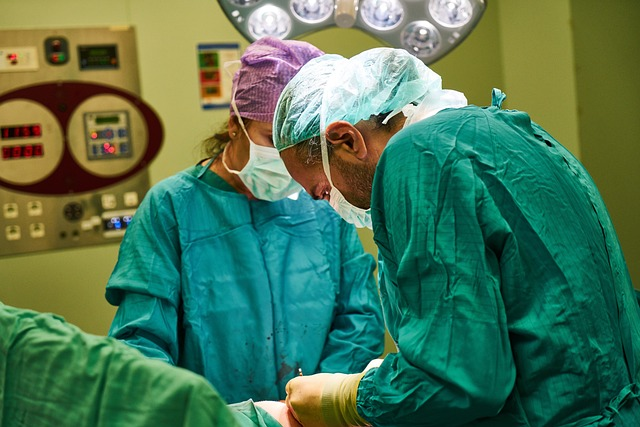
Adapting to daily life post-shoulder surgery necessitates certain adjustments. Here are some tips to help you:
- Opt for soft, stretchy, and comfortable clothing that minimizes interference with the recovery process.
- Select slip-on shoes with Velcro fastenings to avoid bending or tying laces.
- To ensure optimal healing, sleep on an incline using extra pillows or a recliner, and avoid lying on the operated shoulder.
- Consider wearing a sling during early recovery to prevent accidental movements.
Maintaining independence after surgery includes:
- Choosing appropriate footwear such as slip-on or Velcro shoes to ease the challenge of dressing with limited arm mobility
- Avoiding activities that strain the shoulder
- Adhering to any specific restrictions such as driving limitations post-surgery
Remember to take these steps to ensure a smooth recovery and maintain your independence.
Accelerating Your Shoulder Surgery Recovery
The goal of physical therapy post-shoulder surgery is to reinstate the range of motion, enhance strength and function, and diminish the likelihood of subsequent injuries, with patients more likely to have a successful recovery if they adhere to their personalized rehabilitation plan. Rehabilitation programs after shoulder surgery are crafted based on the severity of the injury and the type of repair, often extending approximately four months before a patient can resume regular physical activities.
As recovery progresses, physical therapy gradually increases in exercise intensity, incorporating weight-bearing activities and potentially sport-specific exercises, especially for those wishing to return to athletics. Post-surgery, having adequate support at home is critical to minimize the chance of patients overexerting themselves, which could impede their recovery process.
Maintaining cardiovascular fitness is a crucial component during the rehabilitation period to prevent deconditioning and help ensure a more effective reintegration into sports and physical activities.
Monitoring Progress and Recognizing Complications
Keeping track of your recovery progress is vital, enabling early identification of any potential complications. Be vigilant for signs of complications, such as:
- redness
- discharge
- tingling
- increased pain
- fever
Contact your doctor immediately if any of these signs occur. Pain that suddenly intensifies does not improve with medication, or is accompanied by excessive swelling, redness, fever, or drainage from the surgical site should be reported to a healthcare provider immediately.
Maintaining open communication with your healthcare team is key to monitoring healing and ensuring complications are not developing. Regular follow-ups with the healthcare provider are key to monitoring healing and ensuring complications are not developing. Some complications can include:
- Nerve injury
- Frozen shoulder
- Chondrolysis
- Infections
Returning to Sports and Activities
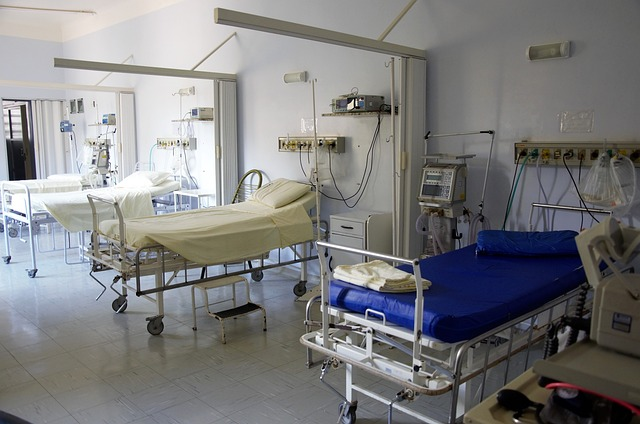
The resumption of sports and activities post-shoulder surgery must be personalized, considering the type of surgery and the extent of recovery achieved, with a focus on safety to avert additional injuries. Criteria for returning to sports include:
- Appropriate healing time post-surgery
- Satisfactory clinical examination
- Sport-specific non-painful range of motion
- Stability
- Kinesiophobia assessment
- Achieving certain benchmarks in functional tests
Athletes should gradually reintroduce sports activities, modifying the intensity and volume based on the shoulder’s response to activity, and constantly monitoring for pain as an indicator of the shoulder’s condition. A sequential, criterion-based process should be followed for returning to sports after shoulder injuries, involving:
- Patient reports
- Range of motion
- Strength
- Functional performance
- Specific tests for different types of athletic activities, especially for those at high risk of shoulder microtrauma.
The ‘3 P Program’ suggests a phased approach for athletes, beginning with performance training, progressing to practice participation, and ultimately advancing to unrestricted competition to ensure a structured return to sports.
Summary
In conclusion, optimizing your recovery after shoulder surgery involves understanding the procedure, adhering to a comprehensive rehabilitation plan, engaging in physical therapy exercises, managing pain and swelling, making necessary adjustments to daily life, monitoring progress, and recognizing potential complications. With patience, diligence, and professional guidance, you can accelerate your recovery, regain your shoulder function, and safely return to sports and other physical activities.
Frequently Asked Questions
What are the dos and don’ts after shoulder surgery?
After shoulder surgery, don’t lift anything heavy, exercise beyond your doctor’s instructions, drive, or operate machinery until approved. Avoid reaching, lifting, pushing, or pulling with your shoulder for the first six weeks, and refrain from reaching behind your back with the operative arm. You may remove the arm from the sling for specific movements several times a day.
How long should you sleep in a recliner after shoulder surgery?
You should sleep in a semi-reclined position for at least six weeks after shoulder surgery. If you don’t own a recliner, consider borrowing or buying one.
What is the fastest way to recover from shoulder replacement surgery?
The fastest way to recover from shoulder replacement surgery is to perform specific exercises taught by a physical therapist to prevent stiffness and regain full range of motion. It will be difficult at first but will get easier over time. Rest when needed and work with a physiotherapist to learn the best way to exercise. Keep your arm next to your body or in front of it for several weeks, and move your fingers, wrist, and elbow—this will speed up your recovery.
How long is recovery after shoulder surgery?
Recovery after shoulder surgery typically takes around six months, including a period of rest and immobility followed by active rehabilitation. The specific duration may vary depending on the type of surgery performed.
What are the common types of shoulder surgeries?
The common types of shoulder surgeries include rotator cuff repair, subacromial decompression, labral repair, and shoulder joint replacement. These procedures address various shoulder conditions and injuries.

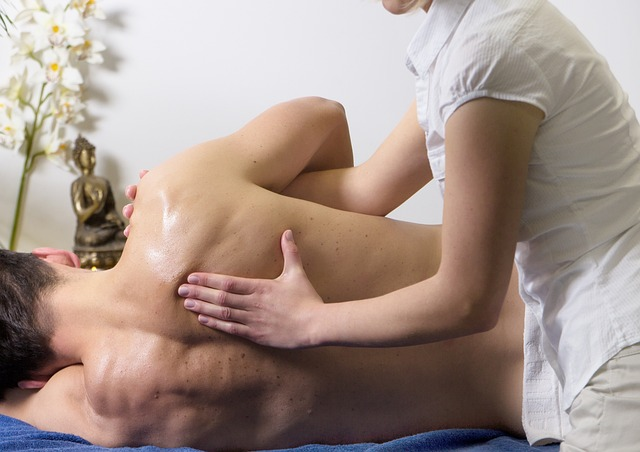



 William D. Murrell, MD
William D. Murrell, MD Thomas B. Evely, DO
Thomas B. Evely, DO Clifford Voigt, MD
Clifford Voigt, MD Karthikeyan Chinnakkannu, MD
Karthikeyan Chinnakkannu, MD Max N. Seiter, MD
Max N. Seiter, MD Demetris Delos, MD
Demetris Delos, MD Lauren M. Fabian, MD
Lauren M. Fabian, MD